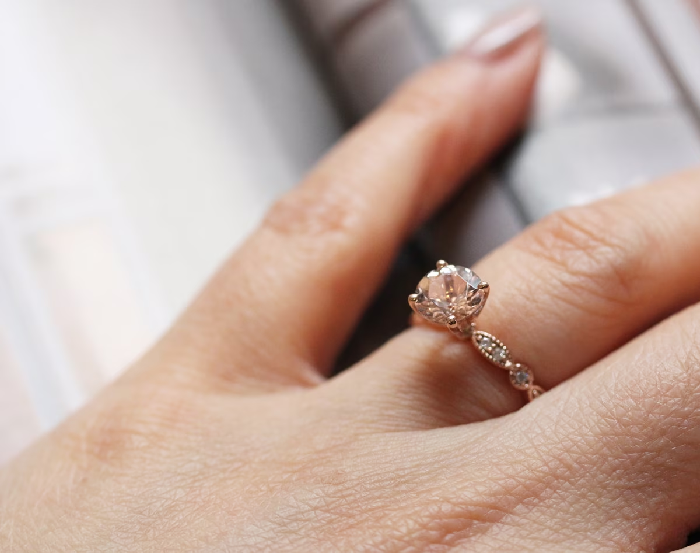Your first high-end watch purchase ought to be memorable and exciting. But we do understand that it can be a frightening prospect for beginners. Nobody can tell you what watch is best for you because everyone’s demands, preferences, means, and definition of “luxury” are different. Finding the ideal watch for you and your lifestyle can also be challenging due to various brands, styles, and technological advancements. However, with some instruction, you can ask the appropriate questions and choose what is best for you.
What is your budget?
Any luxury watch purchase should begin with a consideration of the budget. The fact that watches are no longer a must in today’s digital world makes them all more or less luxury items. For some people, a hundred dollars may seem like a lot to spend on a luxury watch, while thousands of dollars may seem to be where “luxury” really starts for others.
The combination of developing production technology, the internet, and globalization has made features previously out of reach for many people more accessible than ever. Thanks to small microbrands setting the trend, you can now buy luxury watches with components like sapphire crystal, ceramic bezels, Swiss automatic movements, and exquisite features for just a few hundred dollars. More prominent brands follow suit with a greater focus on entry-level affordability.
Timepieces with more complex intricacies and precious metals are on the higher end of the spectrum. The brands you can consider here are not just for their status but also the innovation and meticulous attention to detail that have made them the leaders in haute horlogerie worldwide.
Style
The two most common categories and genres for watches are dress and sport. A watch’s classification can be based on its functionality (chronographs, GMTs, even alarm clocks, etc.), traditional use (diving watches, pilot watches, field watches, etc.), or some combination. There is much to discover, but it is helpful to understand the rationale for a watch’s design or features as well as the variety of choices accessible. Let’s examine a few of these features:
Dress watches
These are wristwatches for formal occasions. Initially intended to be worn with formal attire, dress watches are now frequently worn with semi-formal and informal business outfits. Here, elegance and simplicity are paramount, with little complexity on display.
Divers watch
Diving watches have dials that are often clean and highly contrasted since they need to be readable underwater and in dim light. Most of them also frequently have a rotating bezel for timing dives. They must have more than 330 feet of water resistance to be called “diving watches.”
Pilot watches
The goal for pilot watches is to be highly legible and simple to use. They are simple in design and larger than most other timepieces. As a result, they are more valuable as a clock and go well with casual business attire.
Military timepieces
Military watches are often durable, made of impact-resistant material, and have great luminosity because they were initially developed for keeping time under demanding physical situations.They typically have a more subdued color pallet.
Racing watches
A chronograph, which acts as a timer, and a tachymeter, which calculates the distance traveled depending on speed, are the two complications that characterize a racing watch. Racing watches have unique color and style possibilities and are visually more showy.
Of course, there are some sartorial guidelines that you should follow in the realm of luxury timepieces. Never wear a rubber watch strap with a suit, and make sure all your leather accessories match the watch’s leather strap.
Technology
You should have a fundamental awareness of what you’re paying for, such as the distinction between classic mechanical movements (including automatic watches) and battery-powered quartz movements, as the kind can significantly impact price. Quartz is typically more precise and less expensive, yet it is frequently viewed as less intriguing.
Since mechanical movements are powered by an unwinding spring, it’s nice not to bother changing a battery. Mechanical movements are prized higher because they are more sophisticated, challenging, and expensive to create. Automatic motions also employ a rotor that spins as your wrist moves to maintain the spring wound, and they are mechanical.
If you have money to spend on a luxury watch, you’re more interested in automatic mechanical watches than cheaper, battery-operated quartz ones. Avoid older, less expensive automatic movements that can’t be hand-winded or hacked. Although some watches feature mechanical movements that must be wound by hand, automatic watch movements are more practical and are suggested for first-time users.
Regarding the dials, you can find luxury watches with applied dial components and three dimensions. Even on some higher-end watches, you can find beautifully finished flat dials with printed indices. Still, dials with many features are more difficult and expensive to create and assemble, which can imply value. They also convey care on the part of the watchmaker and provide more dynamic aesthetic intrigue.
Size
Your wrist size and preferred level of boldness play a big role in determining the ideal watch size. The crown is not included in the standard horizontal millimeter measurements for watch sizes. However, how huge the watch will feel or appear depends on additional elements. They comprise the case’s thickness, lug-to-lug length, color, and even the dial’s size.
Even your local environment and the clothes you often wear are important(short sleeves are better for larger timepieces). When feasible, try on a watch before purchasing rather than depending solely on measurements to evaluate how well it fits.
Lastly, take your time.
Investing in a high-end watch is a huge life step. Therefore, you should only do it when you are 100 percent confident and at ease with your decision. Spend some time exploring and getting to know the top players in the market once you have a general notion of your budget and style. We’re not advocating that you become an expert in horology, but having a solid understanding of a brand’s history or the technical intricacy of its movements might help you limit your options.





